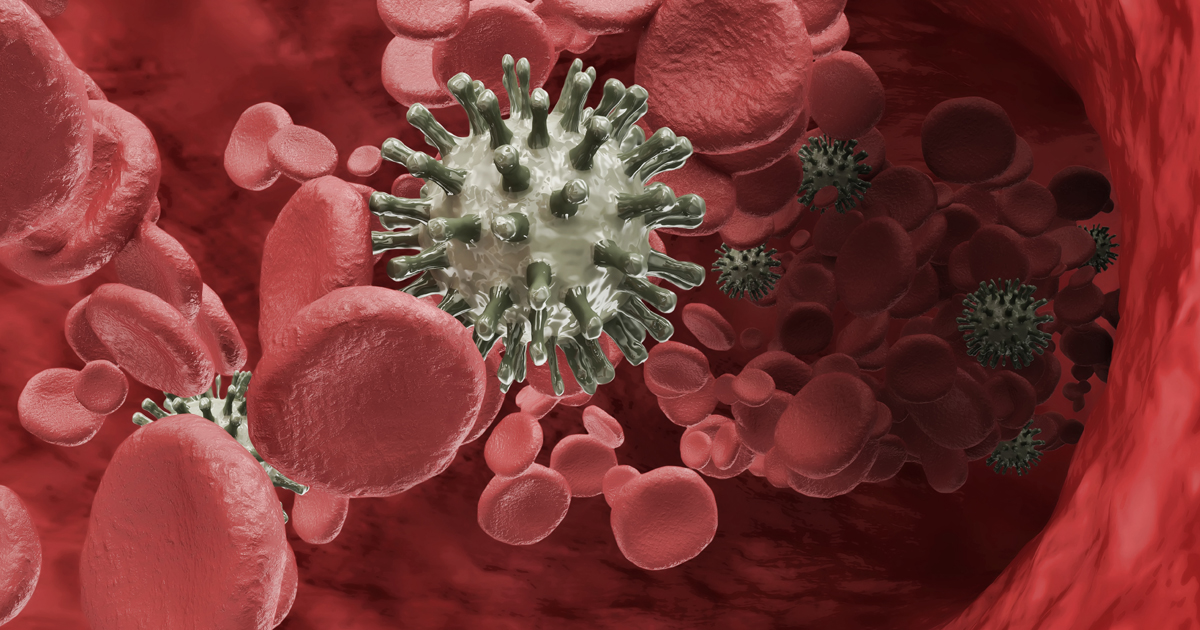Major Types Of Non-Hodgkin Lymphoma And Their Signs
Non-Hodgkin lymphoma is a type of cancer that affects the lymphatic system that runs throughout the body and involves a network of vessels and glands and is part of the immune system. It facilitates the movement of the lymph fluid that fights the invasion of pathogens. Non-Hodgkin lymphoma causes the affected cells to multiply abnormally and begin to collect in different parts of the body. Symptoms include painless swollen lymph nodes, persistent fatigue, fever, and weight loss. According to various sources, non-Hodgkin lymphoma is among the most common types of cancers accounting for about four percent of diagnosed cases. Some of the risk factors include old age, certain viral and bacterial infections, and medication used to suppress the immune system. Below are the different types of non-Hodgkin lymphoma.
Diffuse Large B-Cell Lymphoma

Diffuse large B-cell lymphoma (DLBCL) is the most prevalent type of non-Hodgkin lymphoma in United States accounting to approximately thirty percent of cases. It mostly occurs in older individuals and affects the B-cells responsible for producing antibodies. However, it can also occur in children, but rare cases have been reported.
DLBCL grows rapidly in a matter of few weeks and occurs in the lymph nodes and other parts of the body. The tumor can be located in a single spot or spread throughout the body. Causes of DLBCL have not been established, but a weakened immune system is definitely a risk factor. Also, exposure to radiation and chemotherapy increases the chances of getting the diseases.
According to the World Health Organization, there are over a dozen subtypes of DLBCL. One of the common subtypes is the primary mediastinal large B-cell lymphoma that originates in the thymus lymph nodes. DLBCL that does not conform to any of the subtypes is classified as diffuse large B-cell lymphoma, not otherwise specified.
Continue reading to learn about the next type of non-Hodgkin lymphoma.
Follicular Lymphoma

Follicular lymphoma affects the white blood cells and is the second most common non-Hodgkin lymphoma, accounting for about twenty percent of cases. Follicular lymphoma is considered the most common indolent or slow-growing non-Hodgkin lymphoma. According to the American Cancer Society, the median age at diagnosis is sixty years and slightly predominant in women.
In most cases, follicular lymphoma does not show any symptoms, and the affected individuals might experience extended periods of good health. In fact, it is mostly diagnosed in the third or fourth stage of development. The first sign is usually painless swelling in the lymph nodes located in various parts of the body. Other symptoms include fatigue, shortness of breath, and loss of appetite. Sometimes follicular lymphoma can develop in areas outside the lymph nodes, such as the skin.
Treatment for follicular lymphoma depends on several factors such as the stage of development. At the initial stages when the tumors are localized, radiation or chemotherapy are the most common options for treatment, but advanced stages are not curable and the average survival time is approximately twenty years.
Continue reading for details on the next form of this group of cancers.
MALT Lymphoma

MALT lymphoma is an indolent or slowing type of non-Hodgkin lymphoma that affects the mucosa-associated lymphoid tissues (MALT) of the lymphatic system. The tissues are located in mucosal sites in the body such as gastrointestinal tract, thyroid glands, and salivary glands. It is the third most common non-Hodgkin lymphoma and accounts for eight percent of diagnosed cases. It can occur at any age but is mostly in individuals over sixty.
The exact cause is not fully established, but the Helicobacter pylori (H. pyroli) infection is a risk factor. The most common MALT Lymphoma occurs in the stomach and accounts for over seventy percent of cases. Individuals who develop the disease in other parts of the body typically have a history of various autoimmune disorders.
Treatment depends on the stage of development and the location. Initial stages of MALT lymphoma that occur in other areas rather than the stomach can be treated using radiation therapy or surgery. However, chemotherapy is used in advanced stages, and antibiotics are used to treat MALT lymphoma in the stomach.
Continue reading for more on types of non-Hodgkin lymphoma.
Mantle Cell Lymphoma

Mantle cell lymphoma (MCL) is a rare type of non-Hodgkin lymphoma that comprises approximately fifteen thousand patients in the United States. It emerges at the outer mantle of the lymph node follicle due to the abnormal transformation of B-cells. The cells can enter the lymphatic or blood systems and spread to other parts of the body. It occurs mostly to individuals over sixty and is more predominant in men than women.
The signs and symptoms of MCL include fever, fatigue, enlargement of the liver, and weight loss. The cause of mantle cell lymphoma has not been established, but most cases have been related to a genetic abnormality known as translocation.
Due to the painless symptoms, most cases are diagnosed in advanced stages. The diagnosis is made by the examination of needle aspiration of the lymph nodes or biopsies of the bone marrow. There is no cure for MCL, but treatment options include chemotherapy, radiotherapy, and surgery.
Continue reading to learn about the final type of non-Hodgkin lymphoma.
Other Types Of Non-Hodgkin Lymphoma

Other types of non-Hodgkin lymphoma include small lymphocytic lymphoma, double hit lymphoma, and Splenic marginal zone B-cell lymphoma (SMLZ). Small lymphocytic lymphoma is a rare and indolent non-Hodgkin lymphoma that accounts for less than five percent of cases. Patients with this type may not require treatment at the initial stages, but treatment options such as chemotherapy can be used at the advanced stages. Double hit lymphoma is a subtype of DLBLC that is highly aggressive and often diagnosed in older adults. While there is no established treatment regimen, chemotherapy is used to treat localized tumors. SMLZ is a type of non-Hodgkin lymphoma that affects the spleen, bone marrow, and blood. It is indolent and highly linked with the infection of hepatitis C (HCV). The average age of diagnosis is sixty-five, and it is more predominant in men. SMLZ is mostly diagnosed in the advanced stages, and treatment options include medication and chemotherapy. The spleen may be removed through splenectomy if it enlarges abnormally and puts pressure on other organs.